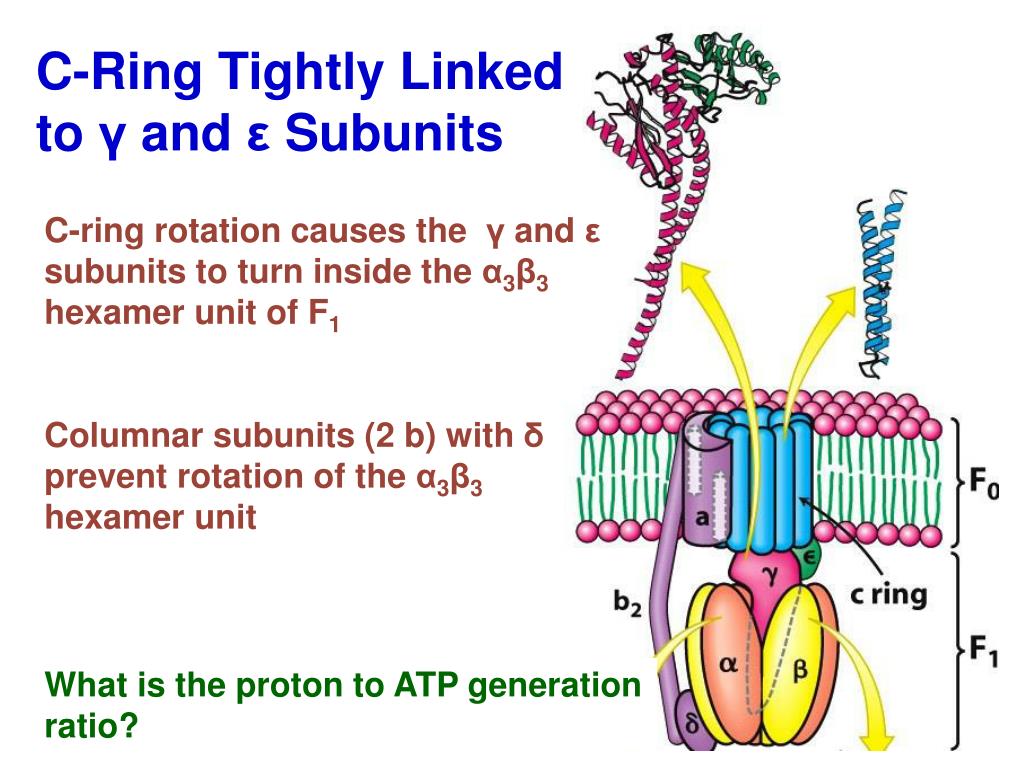
:max_bytes(150000):strip_icc()/ATP_ADP-358b5b4c26b443629b0f3ab9044bfbb1.jpg)
Components of the electron transport chain couple electron transfers (oxidation-reduction reactions) to active transport of protons across the membrane, a process called chemiosmosis. Regardless of the source of energy, the proton gradient is created by the flow of electrons down an electron transport chain*.Heterotrophs, phototrophs and chemotrophs differ in the source of energy used to create and maintain the proton gradient – either chemical energy from organic molecules (heterotrophs), light energy (phototrophs), or chemical energy from inorganic molecules (chemotrophs).The energy to power ATP synthesis comes from the proton gradient across the membrane.To make ATP, all a cell needs is a membrane, a gradient of protons across the membrane, a membrane-localized molecular machine called ATP synthase, and ADP and inorganic phosphate.Summary of cellular respiration essentials Metabolic pathways carry out reactions that capture energy from these various sources (organic compounds, sunlight or chemicals) and couple them to synthesis of ATP from ADP. examples include cyanobacteria and green plants.examples include purple non-sulfur bacteria, green-non-sulfur bacteria, and heliobacteria.photo: get energy from sunlight to make ATP.examples include extremophiles (extreme-loving) bacteria or archaea that live in extreme environments like deep sea thermal vents or high-salt conditions like the Dead Sea (almost 10 times as salty as the ocean).auto: make their own organic carbon compounds from carbon dioxide.chemo: get energy from chemical reactions (oxidation of inorganic compounds) to make ATP.

hetero: get organic carbon from metabolism of pre-existing organic compounds.chemo: get energy from chemical reactions (oxidation of pre-existing organic compounds).

We can classify organisms according to their source of energy (used to make ATP) and their source of carbon (used to make organic compounds): The energy for ATP synthesis comes from organic molecules (such as carbohydrates), or from sunlight, or from inorganic electron donors.


 0 kommentar(er)
0 kommentar(er)
